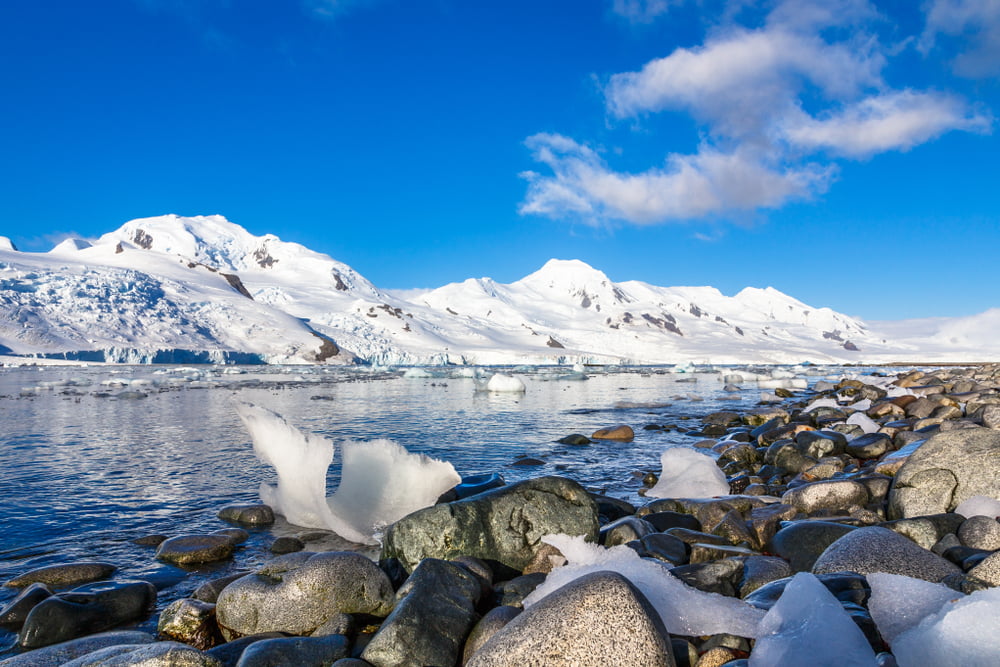Antarctic Sea Ice Fails to Return this Winter
At Carbonhalo we are not alarmists, but occasionally we come across some quite alarming things.
This article looks at recently released information about the sea ice within the Antarctic.
In a recent development that has baffled and put many scientists on edge, the Antarctic sea ice has failed to recover during winter, marking a significant departure from the usual pattern. This decline in sea ice extent during the winter months has far-reaching implications for the Earth’s climate, potentially accelerating the changes we are already seeing in weather.
Throughout this winter, experts have been monitoring the situation with growing concern, as the Antarctic sea ice levels have shown no signs of the expected recovery. Unlike previous years, when the ice typically bounced back during the dark and cold winter months, this year has witnessed a drastic shift.
The situation has been described as a ‘five-sigma event’ by physical oceanographer Edward Doddridge, an extreme occurrence that is five standard deviations beyond the mean. In simpler terms, this event is statistically unprecedented and not physically observed ever, with the likelihood of its recurrence estimated at once every 7.5 million years. The impact is profound, leaving vast regions of the Antarctic coastline entirely ice-free, baffling scientists worldwide.
The Decline’s Alarming Consequences
Antarctic sea ice plays a crucial role in regulating Earth’s temperature through a phenomenon known as ice-albedo feedback. Normally, the ice reflects the Sun’s heat back into space, thereby helping to maintain the planet’s temperature. However, with less ice, sunlight hitting the ocean’s surface gets absorbed instead of being reflected, leading to accelerated warming in the affected area and, ultimately, influencing global temperatures.
Additionally, the annual cycle of freeze and melt in the Antarctic drives vital global currents that transport nutrient-rich water, supporting marine ecosystems. The ice also serves as a habitat for numerous animals, including penguins, seals, and essential food sources such as krill.
Scientists are currently racing to identify the cause behind this alarming decline. While some speculate natural variability as a potential factor, the majority of experts believe that climate change is the primary driver. The strong consensus points toward anthropogenic forces, which have warmed the ocean, disturbed the atmosphere and adversely affected the sea ice.
Future Implications and Concerns
The consequences of this ongoing decline in Antarctic sea ice are profound. If the trend persists, it could become exceedingly challenging to reverse the trajectory, leading to a potential tipping point where a new, irreversible state is reached. This tipping point would have severe implications for the planet’s sustainability and human conditions, affecting not just future generations but also our own.
As scientists grapple with the complexity of the situation, it is clear that action is urgently needed to address the underlying causes of this dramatic decline in Antarctic sea ice. Understanding the interplay between atmospheric changes and warming seas is critical to devising effective solutions to mitigate the impact on Earth’s climate.


